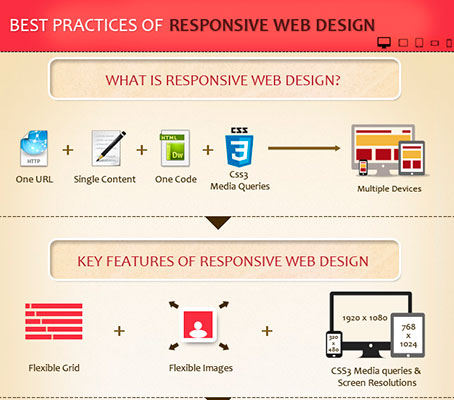Core Concepts Of Site Layout: Recommendations For Crafting A User-Friendly Online Visibility
Core Concepts Of Site Layout: Recommendations For Crafting A User-Friendly Online Visibility
Blog Article
discover this By-Scarborough Devine
When it concerns site layout, making certain user-friendliness is crucial. From receptive layout to streamlined navigating, every aspect plays an essential duty in developing a website that caters to your audience's requirements. But what concerning the finer details that can make or break a customer's browsing experience? Remain tuned as we uncover some often-overlooked pointers that can elevate your web site's functionality to the following degree, making it truly stand out in the digital landscape.
Value of Responsive Style
Receptive layout is a critical aspect of modern site advancement. Ensuring your website is responsive means that it can adapt to different screen dimensions and gadgets, supplying a seamless experience for customers.
With the raising use of smart devices and tablets to access the net, having a responsive layout is vital for reaching a broader target market. It helps in improving individual experience by making your site easy to browse and keep reading any device.
Additionally, receptive design can favorably impact your search engine positions, as search engines like Google prioritize mobile-friendly websites. By having a receptive style, you're also future-proofing your site, as brand-new devices with differing display dimensions continue to emerge.
Simplify Navigation Framework
To improve individual experience and help with very easy accessibility to details on your website, improving the navigation structure is paramount. When developing your website, focus on developing a clear and user-friendly navigating food selection that assists visitors find what they're trying to find promptly.
Restriction the number of food selection things to the basics, grouping associated pages together to prevent overwhelming users. Usage detailed tags that plainly show the content of each web page, making it easier for users to understand where each web link will take them.
Take into consideration implementing dropdown menus for subcategories to prevent cluttering the primary navigation bar. In visit this hyperlink , consist of a search bar prominently on the web page for users who choose searching for specific information.
Prioritize mobile responsiveness in your navigation design to ensure very easy gain access to on all devices.
Enhance Page Lots Speed
Improving page tons speed is important for keeping visitors on your web site. Slow-loading pages irritate individuals and can cause high bounce prices. To optimize web page load rate, start by enhancing images. Press pictures without jeopardizing top quality to lower their file dimensions.
Additionally, make it possible for browser caching to keep frequently accessed sources in your area, quickening tons times for returning visitors. Minify CSS, JavaScript, and HTML documents by eliminating unneeded personalities, comments, and formatting, boosting load speed.
Consider making use of a content distribution network (CDN) to disperse your website's content across multiple servers worldwide, reducing latency for individuals accessing your site from various locations. Last but not least, limit the use of third-party manuscripts and plugins, as they can substantially influence lots times.
Verdict
To conclude, by integrating receptive style, streamlining navigation, and maximizing web page tons rate, you can create a straightforward site that interest a wider audience and boosts individual experience. These essential elements guarantee that site visitors can easily gain access to and navigate your website throughout various tools, causing boosted engagement and contentment. By focusing on these key elements, you can construct an effective website that keeps customers coming back for more.
